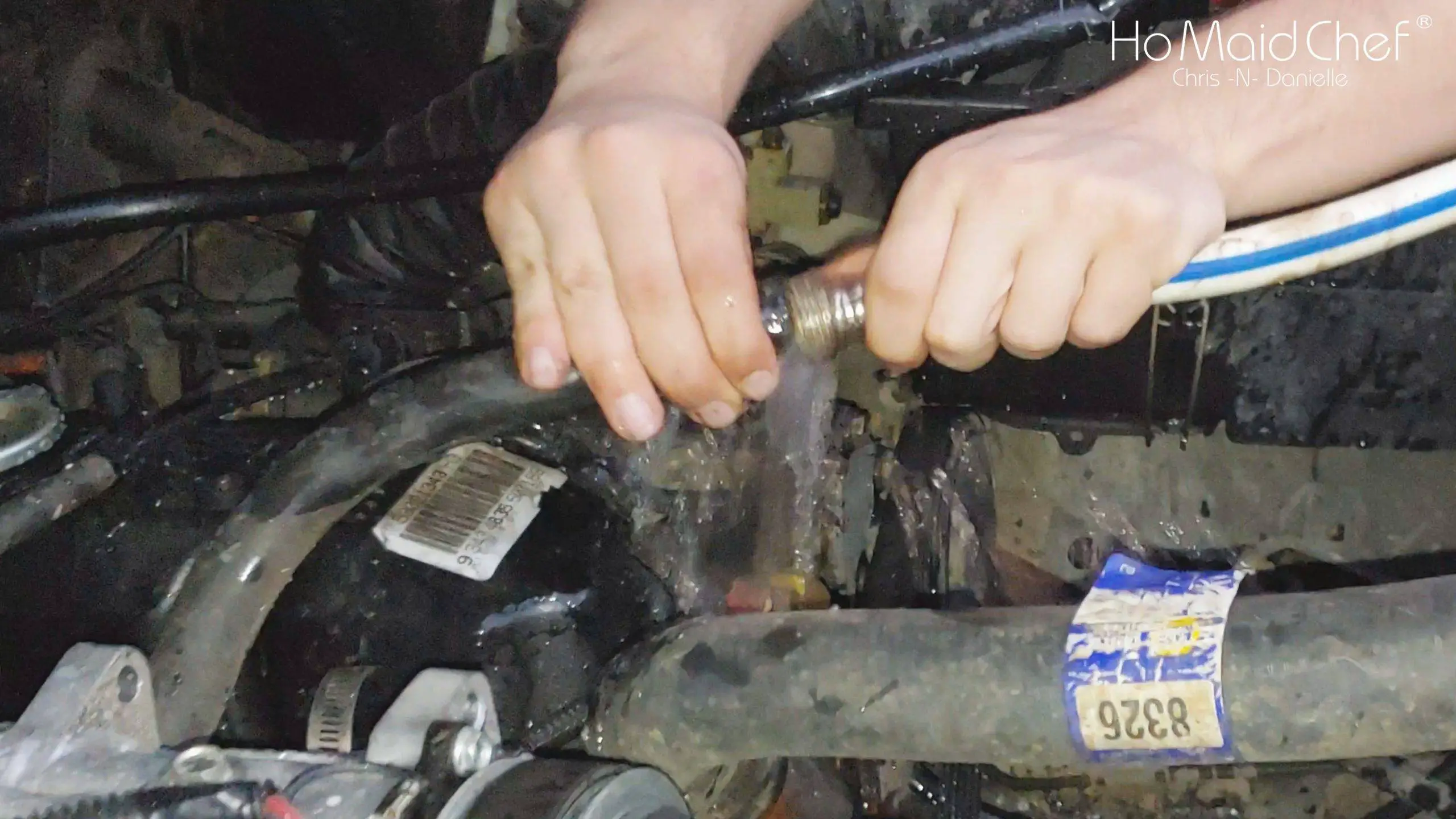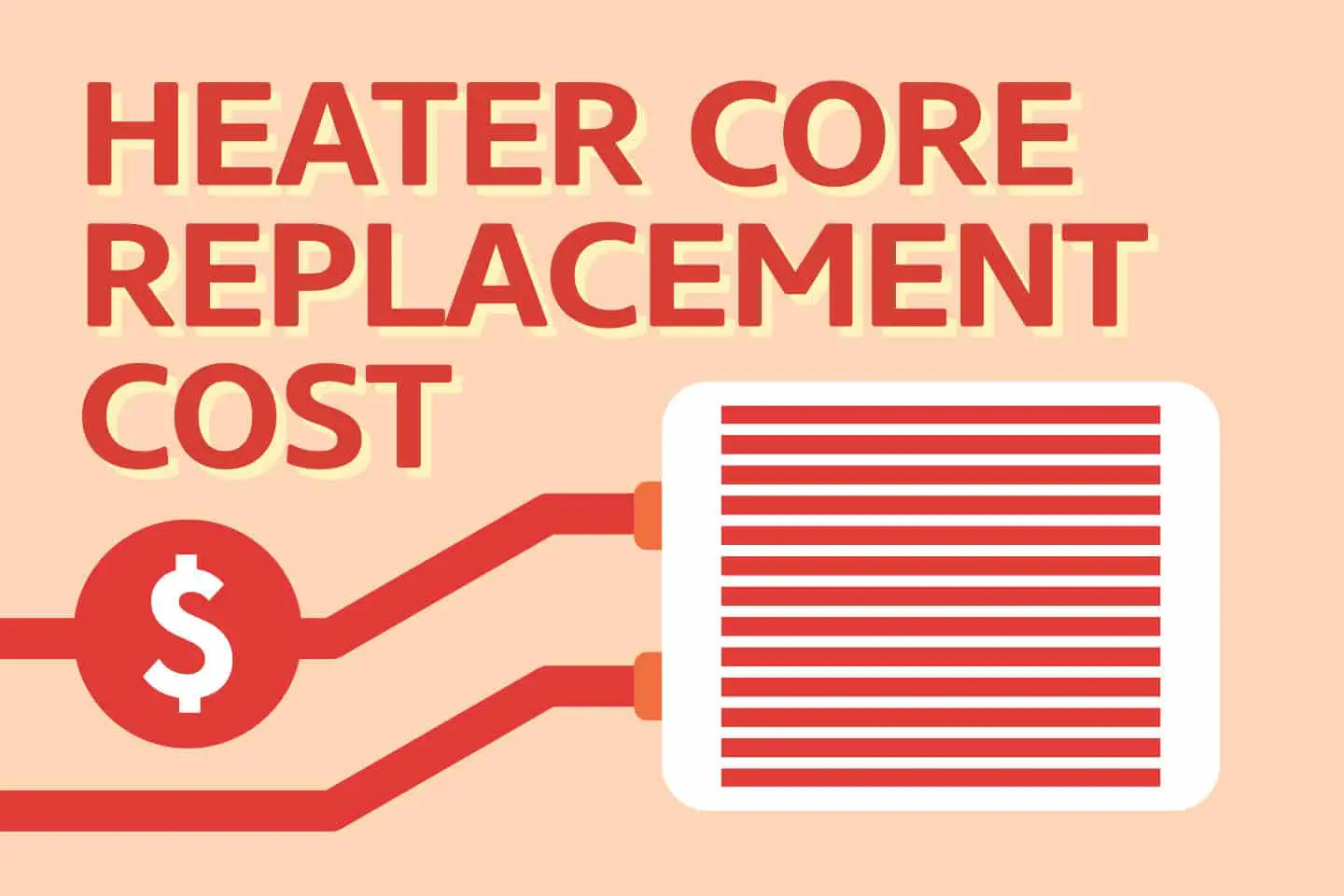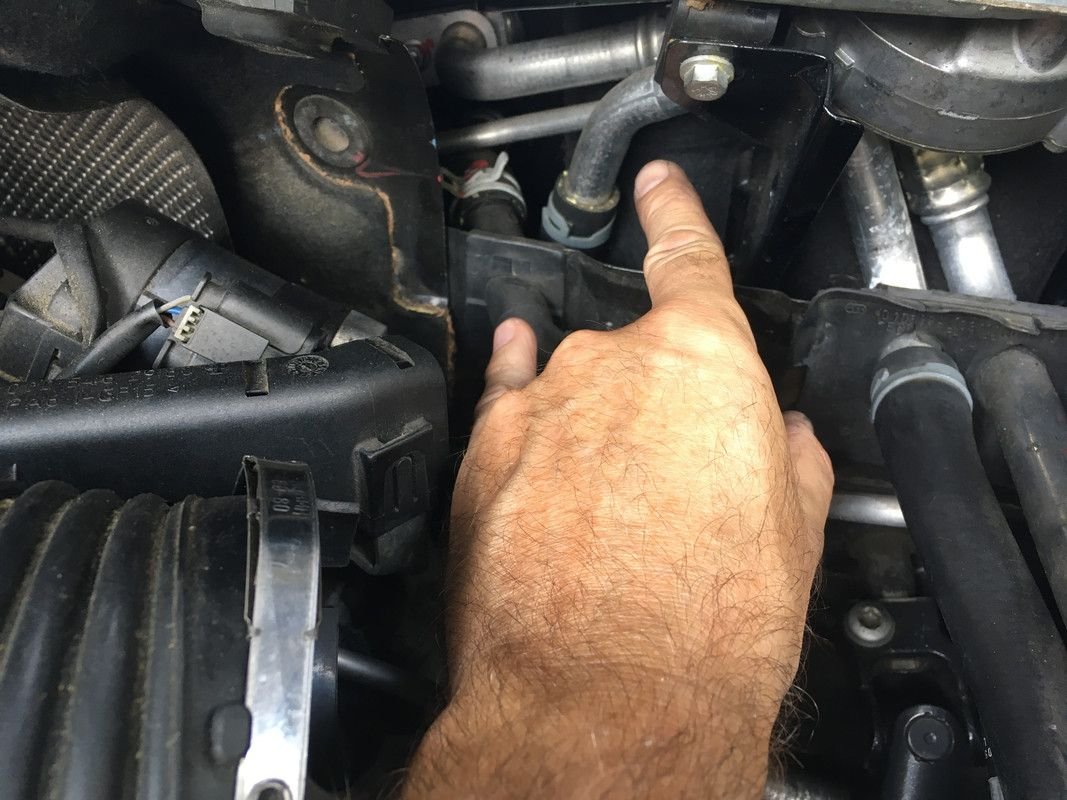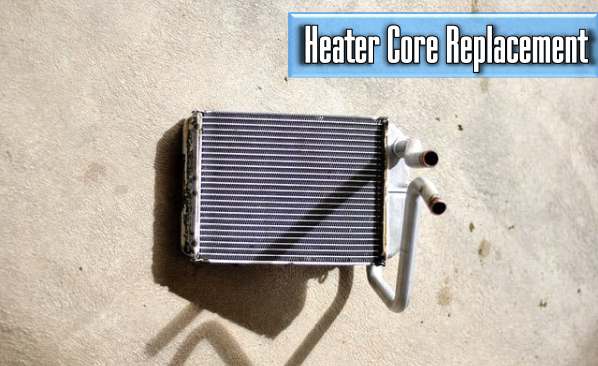How Much Does It Cost To Flush A Heater Core

Frigid air blasting from your vents despite a running engine? A clogged heater core could be the culprit, and flushing it might be your only option. Here's what you need to know about the costs involved.
Determining the price to flush a heater core can be tricky, varying significantly based on vehicle type, location, and whether you opt for a DIY approach or professional service. Expect to pay anywhere from $80 to $150 for a professional flush, but the range can extend much higher.
DIY vs. Professional Flush: A Cost Breakdown
DIY Flush
For the budget-conscious car owner, a DIY flush presents a more affordable path. The primary expense involves purchasing a heater core flush kit, typically ranging from $20 to $50 at auto parts stores like AutoZone or O'Reilly Auto Parts.
Additional costs may include coolant, distilled water, and basic tools like hoses and clamps if you don't already own them. These can add another $30 to $50 to your overall expense.
While saving on labor costs, a DIY flush demands time, mechanical aptitude, and careful adherence to safety precautions. Improper execution could damage the heater core or other components.
Professional Flush
Opting for a professional flush offers convenience and expertise but comes at a higher price. Labor costs form the bulk of the expense, with mechanics typically charging between $75 and $125 per hour.
The flush itself usually takes one to two hours, translating to a labor cost of $75 to $250. Some shops might offer a flat rate for the service, encompassing both labor and materials.
The total cost for a professional heater core flush, including labor, materials (coolant, cleaner), and disposal fees, typically ranges from $150 to $400 or more. Dealerships often charge higher rates than independent repair shops.
Factors Influencing the Cost
Several factors can influence the final cost of a heater core flush. The vehicle's make and model play a crucial role.
Some vehicles have easily accessible heater cores, simplifying the flushing process and reducing labor time. Others require extensive disassembly, significantly increasing the cost.
Geographic location also impacts pricing, with labor rates typically higher in urban areas and regions with a higher cost of living. Parts availability and local competition among auto repair shops can also affect the final price.
Furthermore, the extent of the blockage within the heater core can necessitate more intensive cleaning procedures, potentially adding to the expense. Severely clogged cores might require multiple flushes or even replacement.
Signs You Need a Heater Core Flush
Recognizing the symptoms of a clogged heater core is crucial for timely intervention. One telltale sign is a lack of heat from the vents, even when the engine is warmed up.
Another symptom is a sweet, antifreeze-like odor inside the cabin, indicating a potential leak in the heater core. Fogging windows, especially during cold weather, can also suggest a compromised heater core.
Low coolant levels, requiring frequent refills, might point towards a leak within the heating system. If you experience any of these symptoms, a heater core flush should be considered.
Finding the Best Price
To secure the best price for a heater core flush, obtain quotes from multiple auto repair shops in your area. Be sure to inquire about their labor rates, material costs, and any potential hidden fees.
Compare the estimates carefully, paying attention to the parts used and the scope of the service. Ask if the shop offers any warranties or guarantees on their work.
Consider checking online reviews and ratings to gauge the reputation and reliability of the shops you're considering. Look for shops with positive customer feedback and a proven track record.
Long-Term Maintenance to Prevent Future Clogs
Preventing future heater core clogs involves regular cooling system maintenance. This includes performing regular coolant flushes as recommended by your vehicle manufacturer.
Using the correct type of coolant is crucial, as incompatible coolants can lead to corrosion and deposit buildup. Avoid mixing different types of coolant.
Regularly inspect your cooling system hoses and clamps for signs of leaks or damage. Address any issues promptly to prevent coolant loss and potential contamination.
Consider using a coolant flush additive during regular coolant changes to help remove deposits and keep the system clean. These additives are readily available at most auto parts stores.
Conclusion
The cost to flush a heater core varies depending on whether you DIY or hire a professional, the vehicle's complexity, and your location. Weighing the costs against your mechanical abilities and available time is essential.
Addressing a clogged heater core promptly can prevent further damage and ensure your comfort during cold weather. Obtain quotes from multiple shops, and don't hesitate to ask questions.
Remember to maintain your cooling system regularly to prevent future clogs and extend the life of your heater core. Consult your vehicle's owner's manual for specific maintenance recommendations.

















